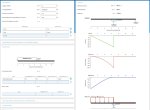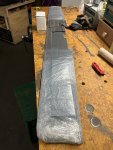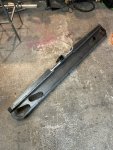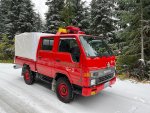Lovetheworld
Active member
Well as said, reliability shouldn't be hit to hard with a turbo when you don't change the fuel pump.
However, just always install one of those exhaust gas temperature sensors. They are cheap and come with beepers on thresholds. That way you will be ahead of any problems instead of experiencing them later on.
Yeah it is a unique van that we have. I am unsure about the price I am asking though. There is some rust. But the base of the car is very strong, so it just passes inspection and you could drive it way overland again. If I get too little for it, we will keep it.
We also have a Sprinter 4x4 now, very nice and comfortable, but already less reliable than the Toyota even though it is newer and didn't see any though roads haha.
If I get the chance, I will one day perhaps find a Toyota Himedic. Which is the ambulance version of our car with V8 and automatic.
That is if I didn't switch to something electric already.
However, just always install one of those exhaust gas temperature sensors. They are cheap and come with beepers on thresholds. That way you will be ahead of any problems instead of experiencing them later on.
Yeah it is a unique van that we have. I am unsure about the price I am asking though. There is some rust. But the base of the car is very strong, so it just passes inspection and you could drive it way overland again. If I get too little for it, we will keep it.
We also have a Sprinter 4x4 now, very nice and comfortable, but already less reliable than the Toyota even though it is newer and didn't see any though roads haha.
If I get the chance, I will one day perhaps find a Toyota Himedic. Which is the ambulance version of our car with V8 and automatic.
That is if I didn't switch to something electric already.
Last edited:








